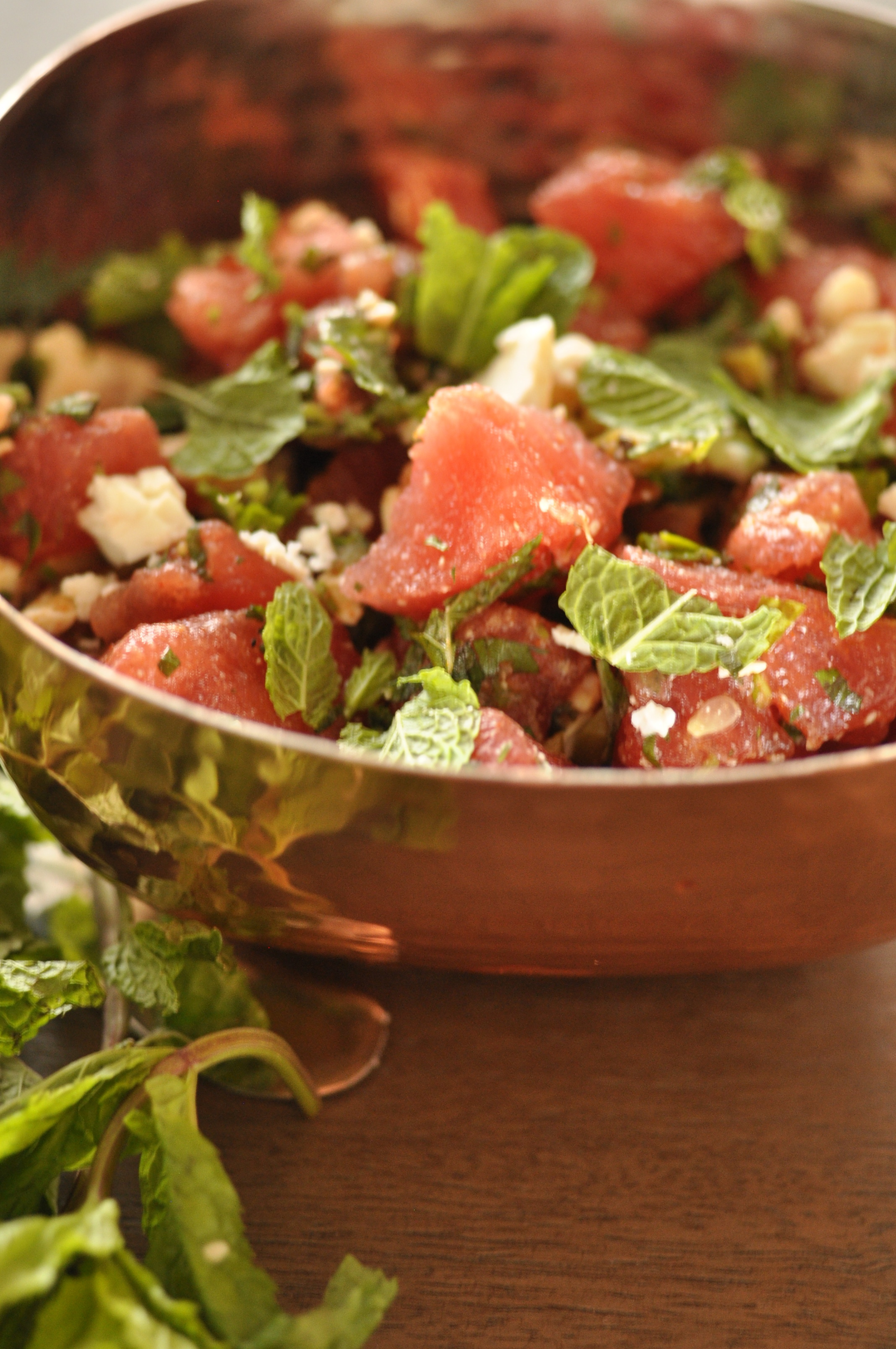Tips to survive the holiday buffet
How to make it through holiday dinner without blowing the calorie budget
How to avoid weight gain during the holiday season
When did the holiday season become a time to warn us about the dangers of food? Have we forgotten that in the reality of life, we are regularly in an environment where food is present?
Birthdays? Yes.
Graduation? Yes.
Weddings? Yes.
Workplace break rooms? Yes.
Anniversaries? Yes.
Baby showers, religious holidays, retirement parties…the list goes on and on.
Are we faced with an onslaught of survival tips for these situations? Thankfully, no. And we don’t need them for the holiday season either.
This is how the popular messages typically go:
November: Survive the buffet, don’t eat too much stuffing, don’t blow your calorie budget
December: Survive the buffet, don’t go overboard on the cookies, don’t blow your calorie budget
January: You messed up for not only the holiday season, but for the entire last year, so here is a diet that will detox you, remove your favorite foods for 30 days, and generally make you feel “great” which actually means not great.
February: good luck! You’re on your own because the messages have moved on to Valentine’s Day and are now even more personal - let’s talk relationships should we?
The messages are all so predictable and it’s ok if you’re frustrated. Let’s try something new. Maybe even start ANEW. (get it?)
Here’s the thing, this time of year does have an abundance of food and often it’s the food that makes its debut only once a year because of traditions or cultural significance. These foods should be enjoyed. They should not come with a warning or a list of tips for surviving the experience.
Go into the season, and the new year, remembering that you don’t need to swing on the pendulum of being on a diet to being out of control around food, but instead, you can find a place in the middle where you can support your well-being.
If you’re celebrating in the coming days then I encourage you to do just that. Eat the foods you love to eat and leave the diet strategies behind. Listen to the internal dialogue - what are you telling yourself about the foods you choose to eat? Really tune in to your personal cues, not the list of strategies you read recently or the tips telling you how you should be eating. Allow yourself to truly enjoy your favorites. What often results when we let go of the attempt to be perfect or in control of our food is we allow for an opportunity to actually experience the enjoyment of eating.





